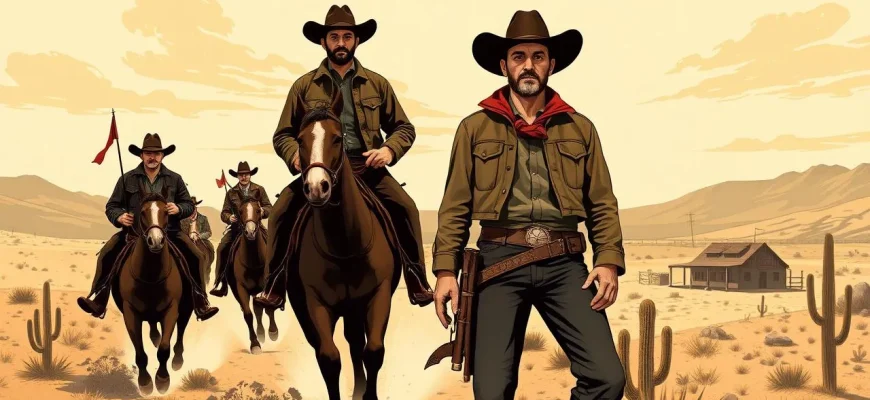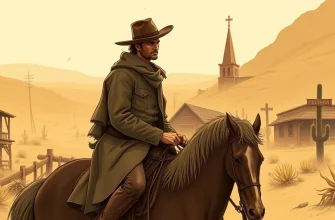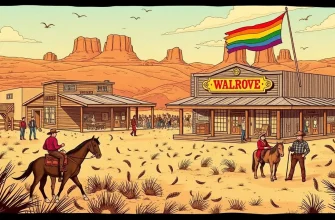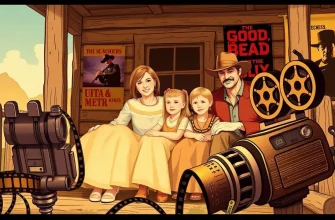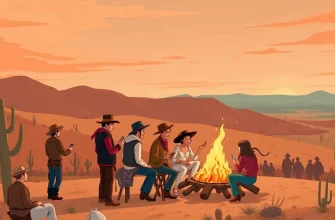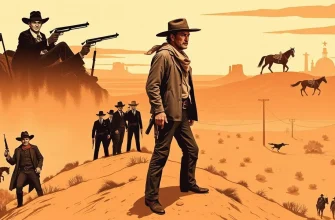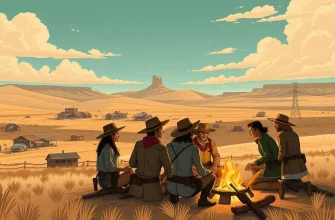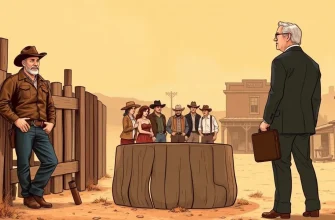The Wild West, with its lawlessness and rugged individualism, might seem an unlikely setting for stories about labour unions. However, these films explore the intersection of frontier justice and workers' rights, offering a unique perspective on the American West. This curated list of 10 British-dubbed Western films delves into the struggles of unionisation, strikes, and the fight for workers' rights amidst the backdrop of the untamed frontier, providing a fresh take on the classic Western genre.
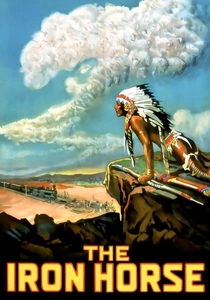
The Iron Horse (1924)
Description: This silent epic tells the story of the construction of the First Transcontinental Railroad, highlighting the labour conditions and the workers' fight for better treatment, akin to union struggles.
Fact: John Ford, a legendary director, made this film early in his career. It was one of the first films to use extensive location shooting in the West.
 Watch Now
Watch Now
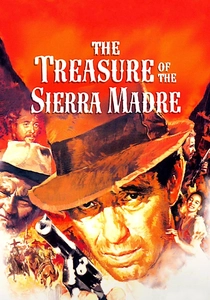
The Treasure of the Sierra Madre (1948)
Description: While not directly about unions, this film delves into themes of greed, exploitation, and the struggle for survival, which are often at the heart of union narratives.
Fact: Humphrey Bogart gives one of his most memorable performances. The film won three Academy Awards, including Best Director for John Huston.
 Watch Now
Watch Now

The Man Who Shot Liberty Valance (1962)
Description: This John Ford classic explores the transition from the lawless West to a more civilised society, where the rule of law and collective action (like unions) begin to take hold.
Fact: The film features both John Wayne and James Stewart, two icons of Western cinema. It's often cited for its exploration of the myth versus reality of the West.
 Watch Now
Watch Now
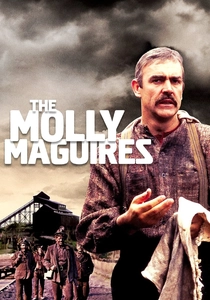
The Molly Maguires (1970)
Description: This film tells the story of a secret society of Irish-American coal miners in the 1870s who fight against oppressive working conditions. It's a rare Western that focuses on the labour movement and unionisation efforts.
Fact: Sean Connery, known for his role as James Bond, plays a key role in this film. The movie was shot on location in Pennsylvania, where the real Molly Maguires operated.
 Watch Now
Watch Now
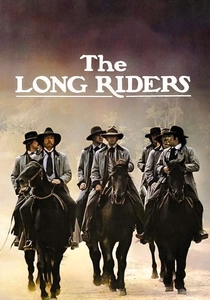
The Long Riders (1980)
Description: This film follows the James-Younger Gang, but it also touches on the broader themes of social injustice and the fight against the establishment, which can be paralleled with union struggles.
Fact: Real-life brothers played the roles of the James-Younger brothers, adding authenticity to the film. Walter Hill, known for his Westerns, directed this film.
 Watch Now
Watch Now

The Great Train Robbery (1903)
Description: While not explicitly about unions, this early Western film showcases the tension between workers and the establishment, a theme often explored in union narratives.
Fact: This film is considered one of the first narrative films in cinema history. It was directed by Edwin S. Porter, who pioneered many film techniques.
 30 Days Free
30 Days Free

The Ox-Bow Incident (1943)
Description: This film deals with themes of justice, mob rule, and the individual's struggle against collective oppression, which can be seen as a metaphor for union battles against corporate power.
Fact: The film was based on a novel by Walter Van Tilburg Clark. It's known for its stark portrayal of mob justice in the West.
 30 Days Free
30 Days Free
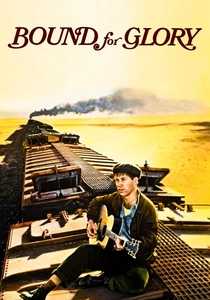
Bound for Glory (1976)
Description: While not strictly a Western, this biographical film about folk singer Woody Guthrie captures the spirit of the Dust Bowl era and the struggles of migrant workers, including their attempts at unionisation.
Fact: The film features real-life footage of the Dust Bowl era. David Carradine's performance as Guthrie was critically acclaimed.
 30 Days Free
30 Days Free

Matewan (1987)
Description: Set in the coal mining town of Matewan, West Virginia, this film portrays the 1920 coal miners' strike and the subsequent battle against company guards. It's a poignant depiction of union struggles in a Western setting.
Fact: John Sayles, the director, also wrote the screenplay, which was inspired by real events. The film features a diverse cast representing the multi-ethnic nature of the mining community.
 30 Days Free
30 Days Free
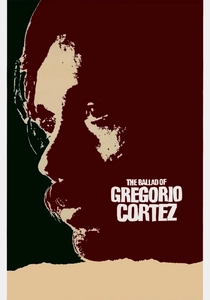
The Ballad of Gregorio Cortez (1982)
Description: This film, while not directly about unions, deals with themes of justice, oppression, and resistance, which are central to union narratives. It's based on the true story of Gregorio Cortez, a Mexican-American who becomes a symbol of resistance.
Fact: The film was one of the first to focus on the Mexican-American experience in the West. Edward James Olmos gives a powerful performance in the lead role.
 30 Days Free
30 Days Free

